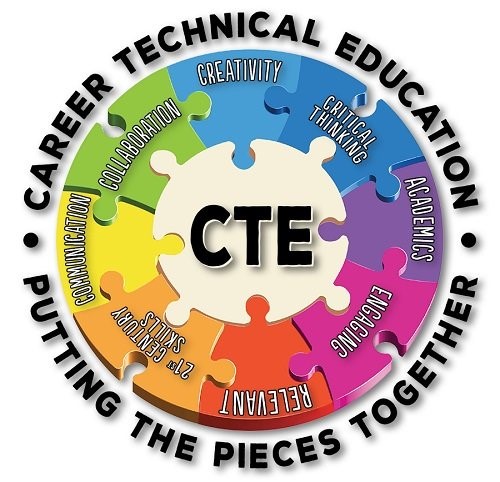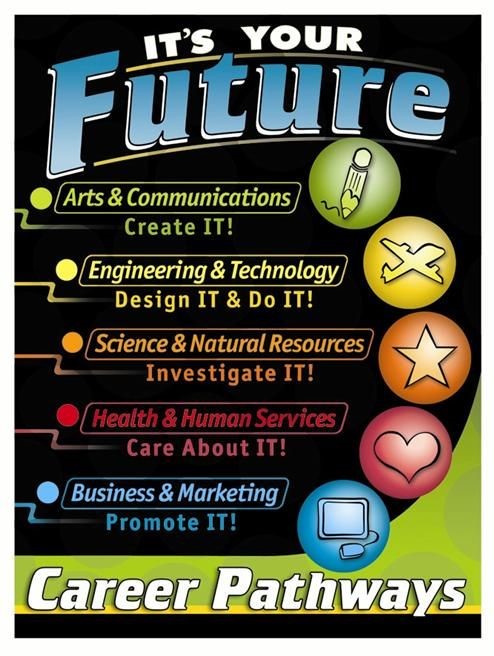CTE Shop Class: Now It’s High-Tech
CTE is key to student success
By Mike Porcelli

Mayor Eric Adams has stated that he is committed to supporting children from “cradle to career,” and “birth to profession,” and says he is making CTE a priority in his administration.
DOE Chancellor David Banks seeks additional resources to create experiences that activate the “power of possibility in students.”
They both want to provide students with career education that will improve their future and have called for many companies to collaborate with schools to create a real workforce development plan for students. How can they achieve these admirable goals, while producing graduates to meet the requirements of industry?
In March, Banks highlighted four pillars of the foundation for his vision to improve student outcomes, ensuring they are “equipped to be a positive force for change” and graduate “with a pathway to a rewarding career and long-term economic security.” The pillars include focusing on “career-connected learning.” He observed that students disengaged with school as they saw no connection to what it could do for them, and they were “just going through the routine of going to school.”
To correct this situation, DOE introduced the Career Pathways Initiative, headed by Jade Grieve, to partner with educators, unions, government, community and business leaders to ensure that all students graduate with a strong plan and head start on a pathway to the middle class.

Banks has committed the DOE to transformational change that can give each student a pathway to a successful career. This must include expanding opportunities for middle school career exploration that helps students build a plan for their future in the workforce. An early start to career exploration, combined with an assessment of students’ natural abilities, no later than middle school, will help align students with their best educational path.
For the mayor and chancellor to achieve maximum student success, they must begin with early evaluation of students’ aptitudes and abilities, along with constant career exploration, and provide all the program resources needed to meet the demands of the career or academic paths students chose.
The success of such a career guidance program, that meets the needs of both students and industry, depends on providing students and parents with the true opportunities various career fields offer. The perception promoted by schools in recent decades, that the “skilled-trades” are not “worthy professions,” must be eradicated. The mayor and chancellor must provide the public with the truth about how lucrative and rewarding modern trade careers can be, and ban the old slogan that says, “College is the only path to success.” They must inform the public that many trade workers earn more than college graduates (without any debt), many earn more than their teachers do and they also deserve the respect given to any other profession.
As the title of this column indicates, and Banks has stated repeatedly: “It’s not your grandfather’s CTE – Now It’s High-Tech.” CTE programs must be accepted and respected, as equally valuable as any other educational pathway, and as the best course for many students.
Let’s hope that DOE can meet this objective.

Academic & Trade Education are Two Sides of a Coin. This column explores the impact of CTE programs on students, society, and the economy.
Mike Porcelli: life-long mechanic, adjunct professor, and host of Autolab Radio, is committed to restoring trade education in schools before it’s too late. https://www.linkedin.com/in/mike-porcelli-master-mechanic-allasecerts/




